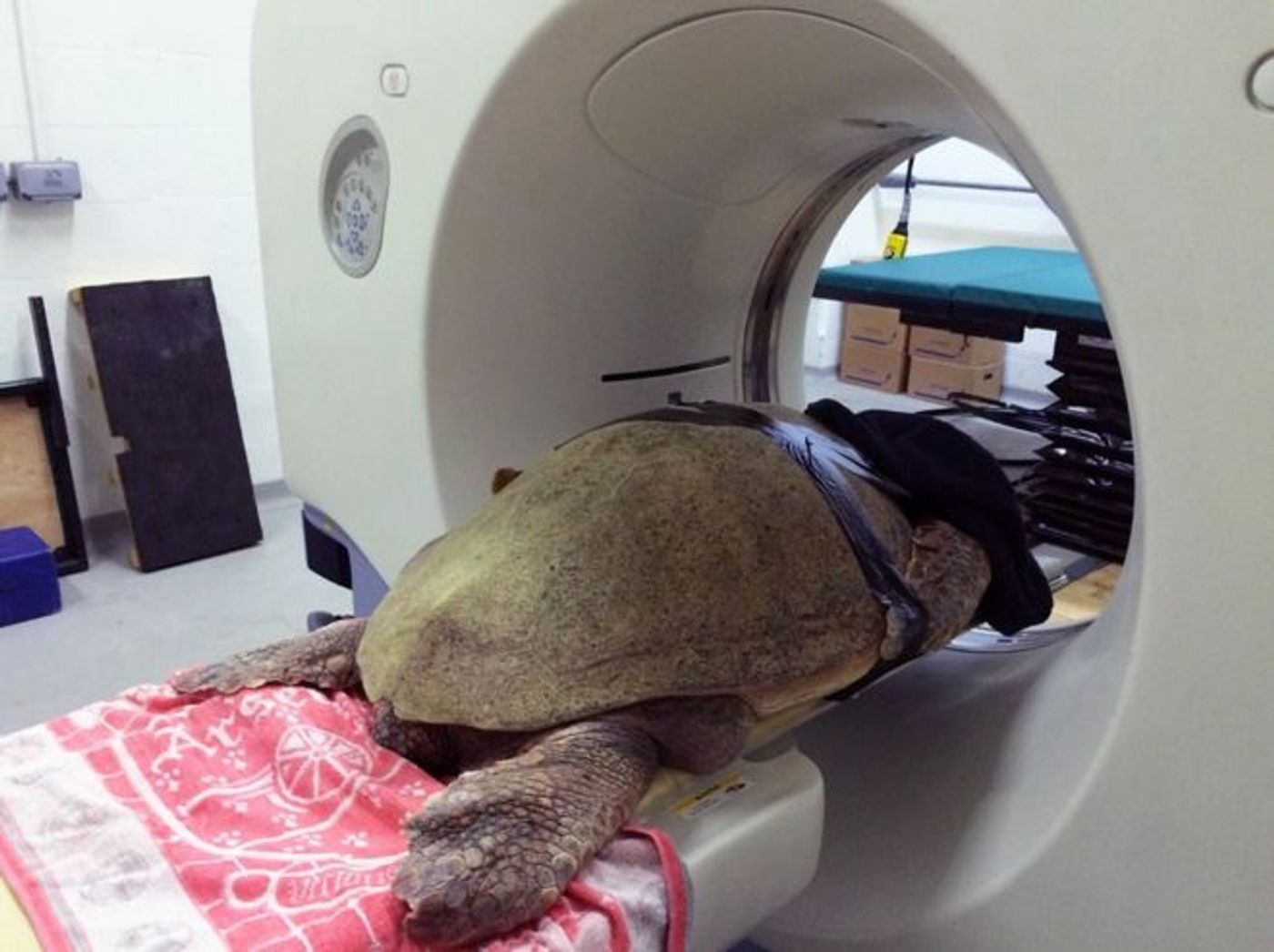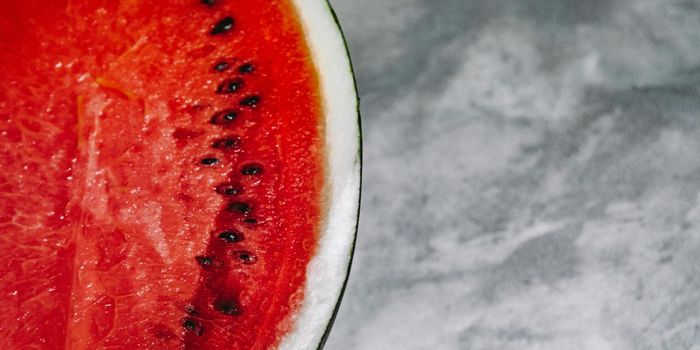Sea Turtle With Brain Damage Gets a CT Scan
A brain-damaged sea turtle named Antiopi has been given a modern CT scan in London after being in captivity at the Scarborough Sea Life Center in North Yorkshire since 1990 when she was rescued.

Image Credit: Scarborough Sea Life
It’s the first time that scientists have taken this kind of a look at the extent of her injuries, and it was performed by professionals at the Royal Veterinary College.
According to the results that came back, Antiopi probably has no sense of feel on the left side of her body and has a very damaged hind side of the brain.
“It confirmed that Antiopi suffered major damage to the hind part of her brain, from either a collision with a boat or a deliberate blow from an unsympathetic fisherman,” said displays supervisor Lyndsey Crawford. “The neurological tests also suggested a corresponding lack of sensation down the left hand side of her body.”
In this state, the sea turtle couldn’t be released back into the wild even if experts had wanted to give her another chance at life. The brain damage is too extensive and would hinder her survival.
That aside, the results of the CT scan also reveal she’s carrying eggs, albeit infertile ones. Her caretakers have now built a special area in her tank at home where she can lay the eggs just like a regular sea turtle would lay their fertilized eggs in the wild.
Scientists are really excited about the ability to use CT scans to further monitor the health of injured sea turtles.
Many of these creatures are harmed by boats and their propellers around the world, and having a better way to monitor how their injuries affect their lifestyle can help experts to tailor a better lifestyle to fit their individual needs to survive.
Source: BBC








